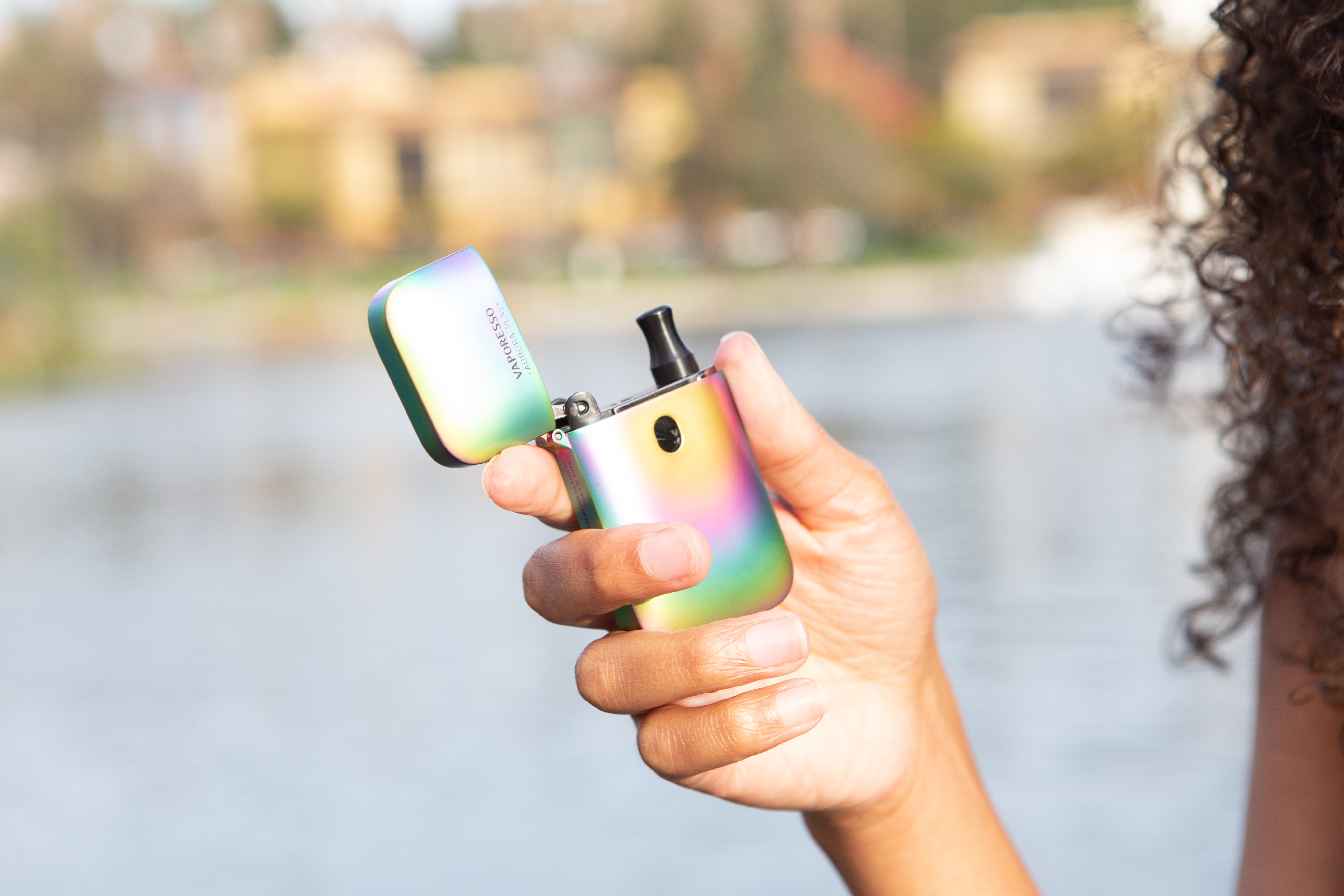
Kate Swetenham wants to bust some myths around palliative care.
And one of the biggest myths, the Director of Nursing at the Department of Health’s End of Life Care Team says, is that people receiving palliative care must be in their last days or weeks of life.
“That’s the trouble – the moment people in the community hear the words ‘palliative care’ they think it’s for people right at the end of life and, therefore, they don't need it,” Ms Swetenham, pictured below, said.
“People don't recognise that, actually, palliative care can occur alongside your treatment for years before somebody dies.”
With National Palliative Care Week running from 19 to 25 May, Ms Swetenham said it was a good opportunity for people to have discussions with loved ones about their end of life wishes.
She said one of the main roles of palliative care was to help people set up a “burden versus benefit” framework around their treatment.
“The clinical team can sit dow n with a patient and help map things out,” Ms Swetenham said.
n with a patient and help map things out,” Ms Swetenham said.
“They can help people to make really considered decisions about where their care is going to go next.
“They can discuss whether it is care that they’re after, or if they're still seeking some form of treatment, and if that treatment they're seeking is going to impact their quality of life.
“If it's going to have a negative impact on the quality of life then the palliative care team can give them options for how symptoms might be able to be managed.”
Ms Swetenham said palliative care was always active care.
“It's not passive – if you're receiving palliative care, you are receiving active management and support,” she said.
“It may not be care with a curative intent, but it might actually lengthen your life because there's certainly been enough studies out there that show that when palliative care has been introduced earlier, people actually do better because they make decisions that are better for them.”
Ms Swetenham has spent many years as a palliative care nurse, and says she was privileged to have been involved in many profound and poignant moments.
One occasion, she said, involved a dying man who had been in an unconscious state for two days but was holding on to life in the hope of witnessing the birth of his first grandchild.
“On the day that baby was born it was brought across to the hospice,” Ms Swetenham said.
“I asked if I could take the baby and I whispered into his ear. I said, ‘your grandchild is here’, and I just put the baby in the crook of his arm – and he opened his eyes.
“Within 10 minutes or so he then went back into that kind of unconscious state, and he died not too long after that, but he had made it. He got to see this child, and he absolutely knew.”
Ms Swetenham encourages people to take a look at Palliative Care Connect, which provides information and links to palliative care and bereavement supports in South Australia to those who are dying and their loved ones.
“I describe Palliative Care Connect as being like roadside assistance,” she said.
“You wouldn’t ring roadside assistance to get your car serviced, but you would ring them if you were broken down on the side of the road and needed help. So that’s what palliative care navigation is – if you don't know where to go and what to do, the navigator service will help get you unstuck and move you on.”
To learn more, visit Palliative Care Connect or call the dedicated Palliative Care Connect Statewide Navigation Service on 1800 725 548 (PALLI8), available Monday to Friday from 8.30am to 4pm.







